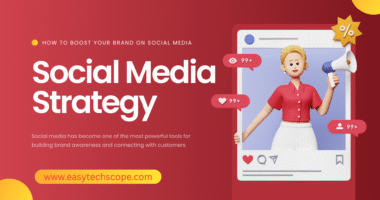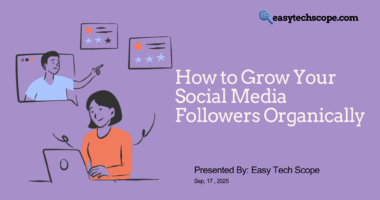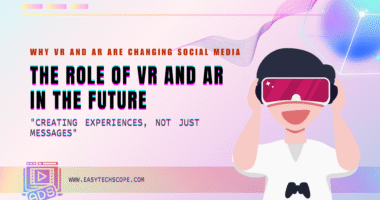Social media platforms are no longer just digital meeting places; they are powered by highly sophisticated algorithms that decide what we see, when we see it, and why we engage. In 2025, these algorithms have become even more advanced, blending artificial intelligence, user behavior tracking, and real-time personalization. For users and brands alike, understanding how these systems work is key to staying visible and relevant.
Why Social Media Algorithms Matter Today
Algorithms determine more than 80% of the content that appears on your feed. Whether it’s a TikTok video, an Instagram Reel, or a LinkedIn post, these invisible systems decide what content gets promoted and what fades away. For brands, this means that traditional posting strategies no longer work. For users, it shapes opinions, influences buying decisions, and impacts overall digital experience.
Key Factors Social Media Algorithms Use in 2025
1. User Engagement Signals
Likes, comments, shares, saves, and even watch time are still major ranking factors. However, in 2025, meaningful interactions (such as thoughtful comments or direct shares to friends) carry more weight than simple likes.
2. Personalization Through AI
Algorithms now adapt in real-time. If you spend five minutes watching AI-generated cooking videos, your feed will instantly show more of that type of content. Platforms prioritize personalization to keep users engaged longer.
3. Content Relevance and Freshness
Timeliness is crucial. Posts that align with trending topics or current events are boosted higher. Brands that tie content to real-world conversations often gain better visibility.
4. Cross-Platform Behavior
Platforms like Meta, X (formerly Twitter), and TikTok now analyze user activity across apps. If you search for travel tips on one platform, expect to see similar content on others—algorithms are becoming interconnected.
5. Creator Credibility and Authority
Verified creators, consistent posting, and original content rank higher than reposted or low-quality material. Authenticity is rewarded because platforms aim to reduce spam and misinformation.
What Brands Should Do to Work With Algorithms
Focus on Quality Over Quantity
Posting multiple times a day with little value no longer works. Instead, platforms prioritize content that sparks genuine engagement and longer viewing times.
Embrace Video and Short-Form Content
Algorithms continue to favor short, engaging videos. Whether it’s YouTube Shorts, Instagram Reels, or TikTok, video-first strategies help boost visibility.
Encourage Conversations
Comments and discussions are more powerful than likes. Brands should ask questions, create polls, or use interactive features to drive deeper engagement.
Use AI and Data Analytics
Modern analytics tools help brands understand what content works best for their audience. Tracking engagement patterns allows businesses to refine strategies and stay ahead of algorithm shifts.
Conclusion: Adapting to Smarter Algorithms
In 2025, social media algorithms are smarter, faster, and more personalized than ever. They reward relevance, authenticity, and genuine engagement. For users, this means feeds feel more tailored but also more persuasive. For brands, it means success depends on understanding algorithm signals and aligning strategies with audience behaviors.
Those who learn to work with algorithms—rather than against them—will be the ones who win visibility, engagement, and long-term growth in the digital space.









